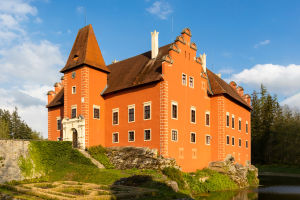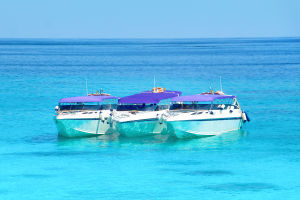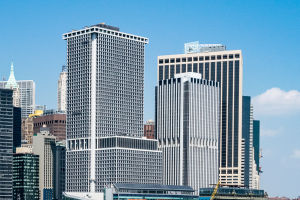Thailand’s canal life, often called “khlong life,” is a unique blend of tradition, commerce, and community deeply embedded in Thai culture.
These canals, or khlongs, have long been essential to local livelihoods, providing a fascinating glimpse into life beyond the bustling city streets.
History of Thai Canals
Thailand’s canals date back centuries and were once the main routes for transportation and trade in Bangkok and other regions. Known as the “Venice of the East,” Bangkok’s vast canal network once supported a vibrant way of life where homes, temples, and markets nestled along the waterway. While roads have since replaced many canals, those that remain still reflect the importance of water as a way of life.
Daily Life Along the Canals
Traditional Floating Markets
One of the most iconic aspects of canal life is the floating market, where locals sell fresh produce, flowers, and street food directly from their boats.
Popular Markets: Markets like Damnoen Saduak and Amphawa are popular floating markets, drawing locals and tourists alike.
Fresh and Local Goods: Vendors sell fresh fruits, vegetables, herbs, and traditional Thai dishes, often cooking on the boat, filling the air with aromatic scents.
Riverside Homes
Living by the canals has been a longstanding tradition for many Thai families. Built on stilts, these wooden houses offer a unique connection to the water.
Daily Chores and Waterways: Residents use the canal water for activities like washing and fishing. Children often play in the water, while elders tend to gardens by the riverbanks.
Sense of Community: These close-knit canal communities foster a deep sense of neighborhood bond, where neighbors help each other and share resources.
Spiritual and Cultural Significance
The canals also hold spiritual importance. Many riverside communities celebrate festivals and hold ceremonies honoring the water and its essential role in their lives.
Loy Krathong Festival
Held annually, this festival involves floating candlelit rafts on the water as a way of paying respect to the river goddess, Phra Mae Khongkha.
Temples Along the Canal
Temples are often situated by canals, symbolizing the belief in water’s purity. Many locals frequently visit these waterside temples for blessings and rituals.
Changes and Modernization
With modernization, canal life has evolved, and some traditional practices are slowly fading, while others have adapted.
Eco-Tourism and Preservation
Efforts to preserve the canals have led to eco-tourism initiatives, allowing visitors to experience canal life through boat tours and community-based tourism.
Challenges of Pollution
Urban expansion has brought environmental challenges, including pollution and reduced water quality, prompting conservation efforts to address these issues.
The ways of life along Thailand's canals reveal a rich cultural tapestry that adapts to modernity while holding onto cherished traditions. Dear Lykkers, from bustling floating markets to serene riverside temples, these waterways continue to offer insight into Thailand’s heritage, community, and resilience. This cherished lifestyle, deeply connected to the water, remains an enduring part of Thai culture, shaping a distinctive way of life along the canals.


